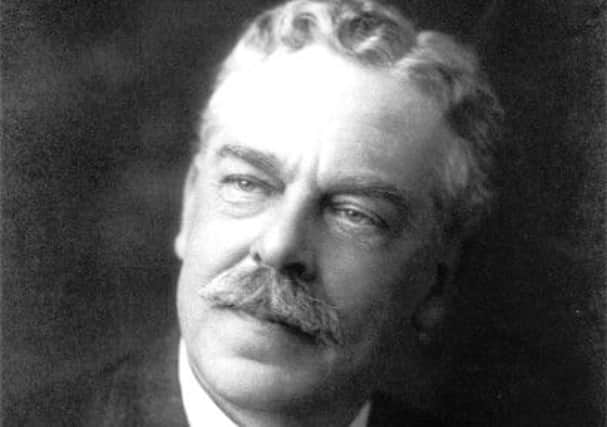Duck trouble settled in bid to honour rail legend


Eminent engineer Sir Nigel Gresley, who designed the Mallard locomotive and the Flying Scotsman, is being immortalised in bronze at London’s King Cross station, but the inclusion of a duck by the statue’s feet saw the project run into opposition.
Among others, Sir Nigel’s two grandsons were not keen on the duck, taking the view it “detracted from the dignity of the statue”.
Advertisement
Hide AdAdvertisement
Hide AdBut with the artwork created by sculptor Hazel Reeves due to be unveiled on the 75th anniversary of Sir Nigel’s death - April 5, 2016 - the Gresley Society Trust, which commissioned the statue, said it had bowed to pressure and the duck will not appear.
The trust said: “After widespread consultation, including with our president, vice presidents, members and Sir Nigel’s family, we have agreed to make some small alterations to the details of the scheme, among which are the removal of the mallard from the foot of the statue.”
Trust chairman David McIntosh told The Times: “It was quite clear if we persisted with the duck we ran the significant risk of falling out with people whose opinion we valued.”
However, railway enthusiast Jonathan Denham believes the duck would help popularise Sir Nigel and without it “most people will just walk past the statue”.
Sir Nigel’s Flying Scotsman was the first steam loco to exceed 100mph in service, while the Mallard achieved a then world-record speed of 126mph in 1938.